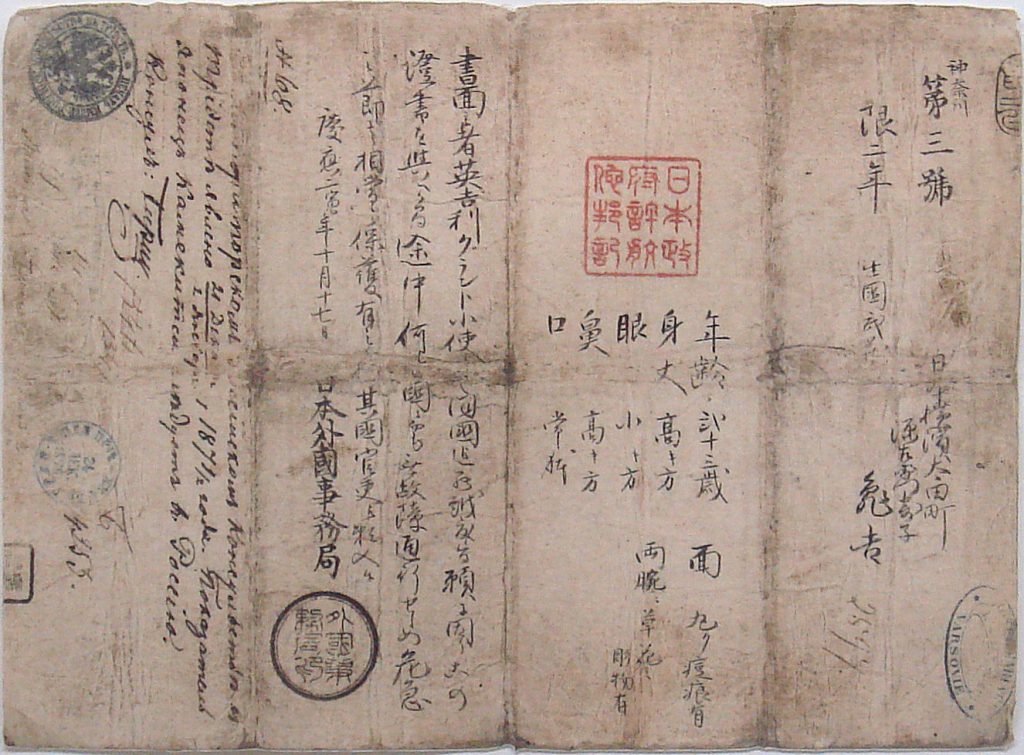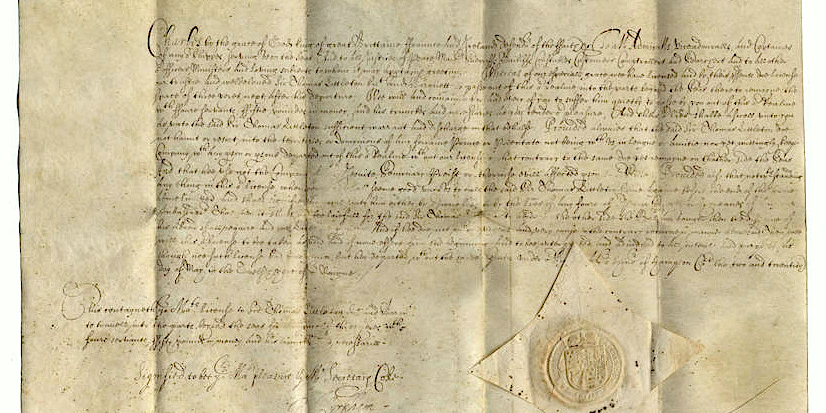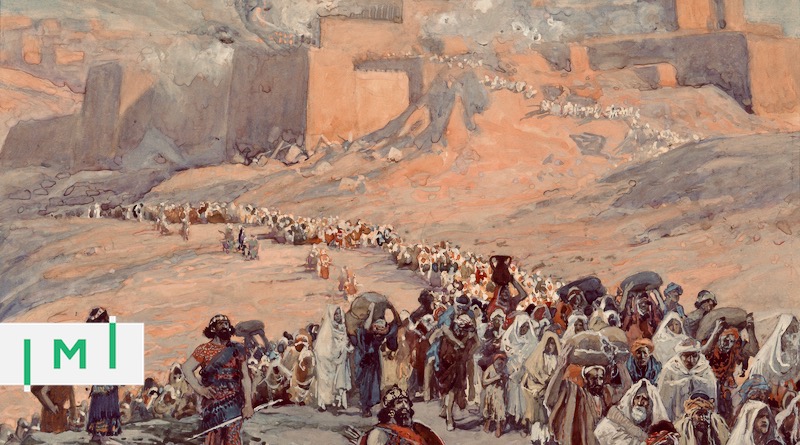The Passport Throughout History – The Evolution of a Document
What began as a document indicating a leader’s consent to people entering his territory continued to evolve to reflect changing societal needs and modi operandi. As far back as 445BC, in the Book of Nehemiah in the Old Testament of the Bible, Nehemiah was tasked with helping to rebuild Jerusalem. To do this, he was given letters from the King, granting safe passage to the Kingdom of Judah. This is considered the first recorded mention of the concept of the passport.
The Chinese Han Dynasty, as early back as 206BC also began controlling movement across imperial territories with a document. This would indicate the individual’s age, height, and other bodily features, to serve as identifiers. Anyone wishing to move across borders would be required to present this document at different control points.
The Muslim world also had its own take on the historical precursor to the modern-day passport. The Medieval Islamic Caliphate would issue a bara’a to tax-paying citizens, as a form of receipt for and proof of taxes paid. In effect, anyone without such a document could not travel between different regions, and citizens would be required to present their bara’a at different checkpoints along their travels. This is quite close to the idea of a ‘modern’ passport as it effectively exemplifies an official travel document, provided by the state to its citizens.

In Continental Europe, it was not until King Henry V’s reign in Britain that what became known as “safe-conduct documents” started being issued, mainly to foreigners traveling inland for trade purposes. Citizens were sometimes also provided with this document; however, this was normally done at a fee. As Martin Lloyd describes, these sorts of “gentleman’s agreements” were mainly intended to allow foreign travelers, previously considered enemies, “passage in and out of the kingdom for the purpose of [their] negotiations”.
This British Act of Parliament in 1414 may, therefore, be considered the first written mention of the ‘passport’ in modern history. However, the origins of the word are disputed to this day. In 1420 in France, King Louis XI began to issue certificates, authorizing the free circulation of merchandise; with the notion finally being extended, in a limited manner, to the general French public in 1464. For this reason, although some argue the origins are British – from ‘pass’ and ‘port’, in reference to access through maritime ports; others believe the word comes from the French ‘port’, referring to the city gate.
The first passports were really visas
The one thing both interpretations agree on is that historically, these documents were mostly granted to foreigners, as opposed to local citizens. This idea then changed over the years, especially with the increased mobilization of people in the years leading up to the Industrial Revolution. During this time, governments started to look to passports as a means of security and identification. As more and more people considered migrating to foreign countries in search of better opportunities, authorities wanted to find an effective way of managing this.
The main issue with the practical achievement of this goal was the uncontrollable influx of people migrating in the late 1800s, which in effect led to the temporary dissolution of the passport. States could not keep up with the numbers, and France was the first country to relax passport requirements in 1861, with most other European countries following suit swiftly after.

There was also a debate on the necessity of written physical descriptions, with some arguing this was degrading to the individuals carrying them. With the spread of photography in the early 1900s, however, photos quickly replaced these descriptors. Citizens were asked to send a photo of their choice to be used in their state-issued document, with some families even opting to send in group photos, which were also officially accepted. By the First World War, it was widely agreed that some form of physical description was required in passports, mainly due to the growing fear of German spies in Britain.
Globally, there was also a returning suspicion and the reappearance of a more territorial mindset as countries struggled to get past the devastation of war. Passports became a requirement for international travel right after the war, and a move towards the standardization of the modern passport was made in 1920, through the League of Nations. In 1947, this was placed under the remit of the International Civil Aviation Organization (ICAO), which continues to set passport standards to this day.
Since 1947, passports have come a long way, with a large focus on having more information included in each of these documents. With the introduction of biometric technology in Malaysia in 1998, passports have now become increasingly secure and tougher to forge, while also able to provide more information about their holders through the use of an embedded electronic microprocessor chip. As of January 2019, a total of 150 countries had started to produce biometric passports for their citizens.
Throughout history, the passport has evolved from a document purely indicative of a leader’s approval to foreign people entering his territory to one that caters to a society in which information sharing is crucial to the safety of the global community. Passports have also been used to attract investment to different countries, as wealthy individuals look to expand their options. With growing technological advancements, and as global needs change, it is becoming increasingly clear that we have just scratched the surface of the possibilities these documents hold.
Nicola graduated with a first-class honours Bachelors of Arts degree in International Relations at the University of Malta. She was President of JEF Malta whilst at University. She joined Frendo Advisory immediately after graduation, and has experience in the Individual Investor Programme, and the Global Residence Programme.



